Hegra of Ancient Nabateans Civilization
Hegra, also known as Al-Hijr or Madain Saleh, is an important historical site famous for its impressive rock-cut structures, which were created by the Nabataeans, an ancient civilization. These structures include beautifully designed tombs dating back to the 1st century BC and the 1st century AD. Hegra is recognized as a UNESCO World Heritage Site, highlighting its significance.
The area showcases the Nabataeans’ advanced skills in engineering and art, which helped them thrive because they controlled important trade routes. Visitors to Hegra can see many ancient carvings and artifacts that offer a glimpse into the lives and culture of the people who once lived there, making it a fascinating place for anyone interested in history.
Table of Contents
Where is the location of the Hegra?
Hegra, also called Al-Hijr or Madain Salih, is an important archaeological site in northwestern Saudi Arabia. It is located north of the cities of Al-Ula and Medina. This site is known for its historical significance and fascinating structures, making it a notable destination for those interested in history and culture.
Inscription of the Hegra Archaeological Site
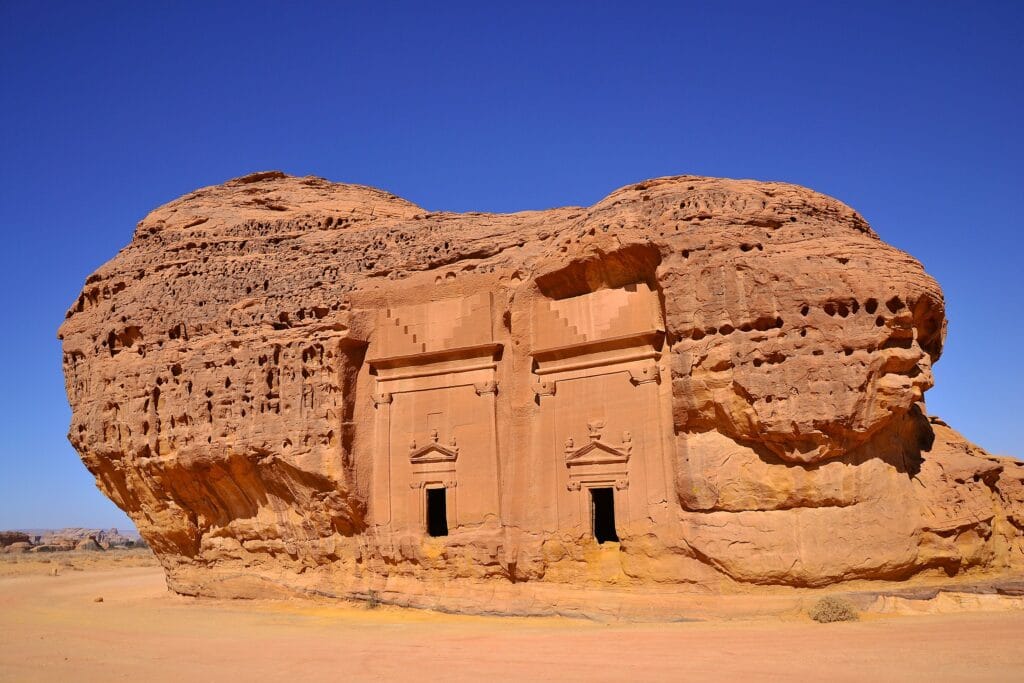
The Hegra Archaeological Site, also known as “Al-Hijr Archaeological Site (Madâin Sâlih),” became a UNESCO World Heritage Site in 2008. This recognition highlights its importance to world culture and history, helping to protect and showcase the rich heritage of the Nabatean people.
What is the history of the Hegra?
The Hegra Archaeological Site, also known as Mada’in Saleh, is a remarkable World Heritage site in Saudi Arabia. Situated in the Al-Ula area of the Al Madinah Region, Hegra is an important historical site that showcases ancient culture and architecture. Its unique features and significance make it an attractive place for anyone interested in history to explore. The site offers well-preserved remnants of the Nabatean kingdom, showcasing their advanced civilization and impressive skills in architecture and engineering. Once called Hegra, it is the largest remaining site of the Nabataeans located south of Petra in Jordan.
Hegra was the second-largest city in the ancient Nabatean Kingdom after Petra in Jordan. It’s famous for its impressive burial chambers, which date back from about the 1st century BC to the 1st century AD and provide a fascinating look into the past. The rock-cut tombs in Hegra are remarkably well-preserved, showcasing beautiful designs carved from pinkish sandstone. These magnificent tombs are indeed a sight to behold!
The site features 50 ancient inscriptions and cave drawings that provide a glimpse into history. Additionally, there are writings in the Dadanitic language, which help us gain important insights into the culture and history of the region.
What is the meaning of Nabataean?
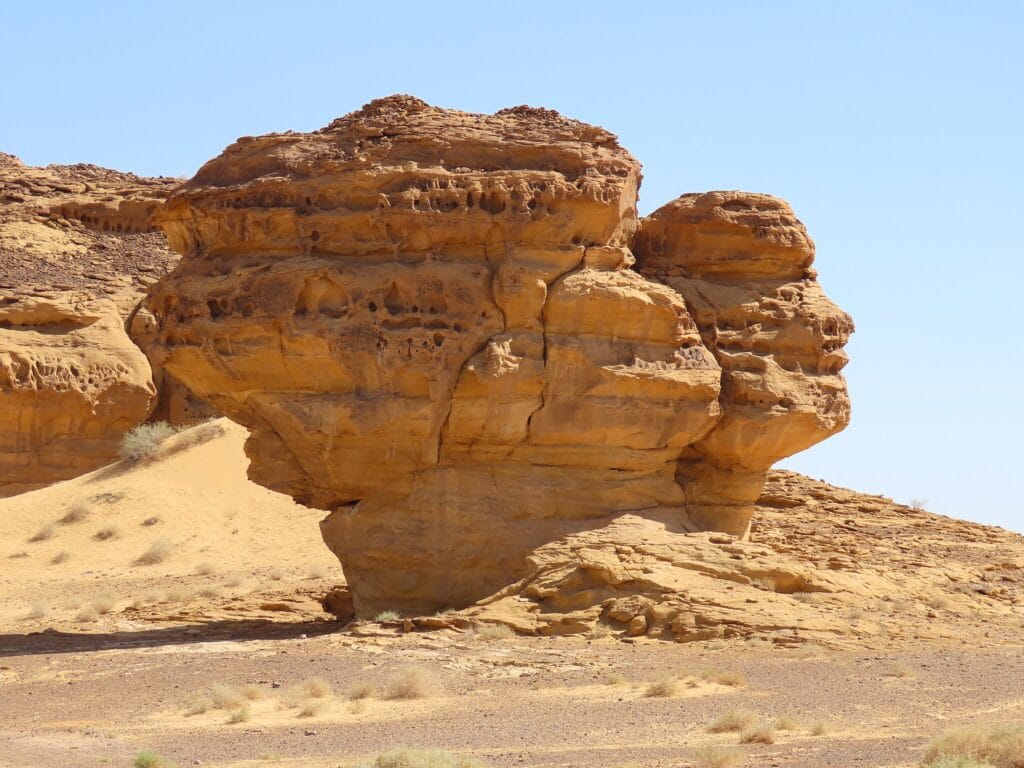
The term “Nabataean” refers to an ancient group of people who lived in a region called Nabataea, which is now mostly in southern Jordan, with parts extending into northwestern Saudi Arabia and south Syria. The Nabataeans are famous for their incredible city of Petra, which UNESCO has recognized as a World Heritage site. Petra is known for its stunning buildings and structures, many of which were carved directly into the rock, showcasing the remarkable skills of the Nabataeans in construction.
Who are the Nabataean?
The Nabataeans were an ancient group of Arab people who made a name for themselves as skilled traders. They became successful by controlling important trade routes, particularly those that carried valuable spices. Their culture was a unique mix of influences from different places, including Greece, Rome, and local Arab traditions. The Nabataeans created their own writing system and were experts in managing water resources, which helped them live in the desert environment. They are especially famous for their impressive city of Petra, which is known for its stunning architecture and historical significance.
What is the Nabataean Civilization?
Al-Hijr offers a fascinating glimpse into the culture of the Nabataeans, an ancient civilization. This site, located south of the region they once controlled, is an important archaeological area that helps us learn more about their way of life. The site of Al-Hijr offers essential insights into the Nabataean civilization, which thrived during the 2nd and 3rd centuries BC and continued to be significant up until the rise of Islam in the 1st century AD.
The site features a large number of tombs and monuments made from beautiful sandstone. These structures are adorned with detailed carvings and decorations, showcasing impressive designs. It’s a fascinating place with many interesting buildings that highlight the craftsmanship of the artisans who created them.
What is the Architecture of Nabataean?
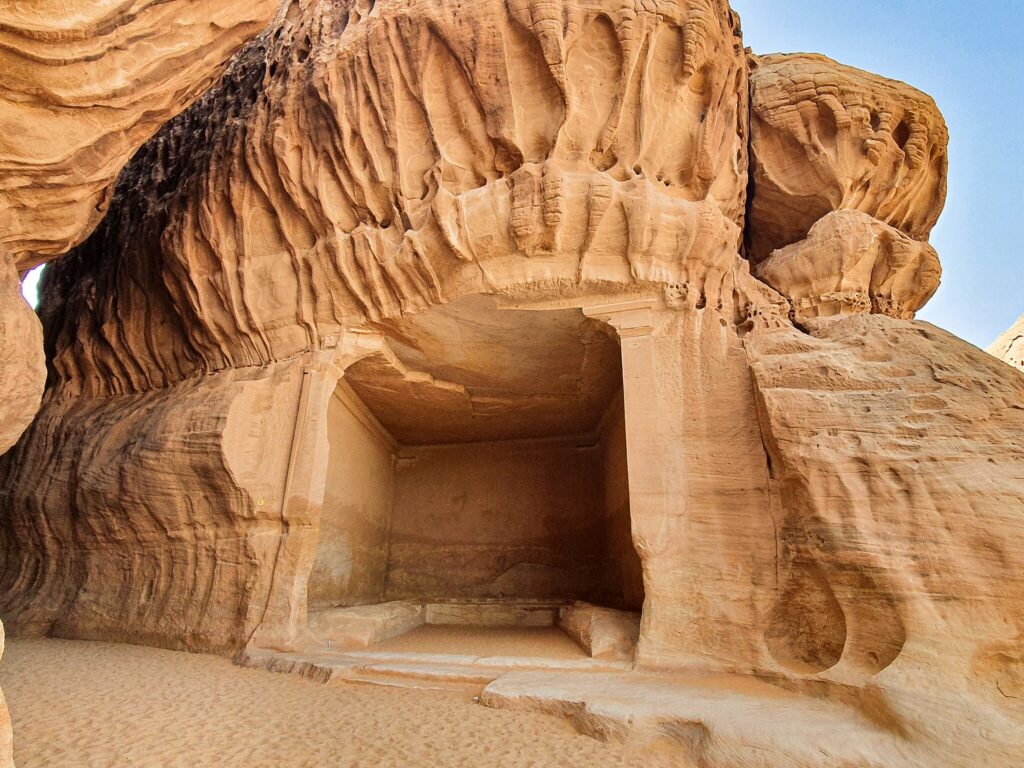
The archaeological site of Al-Hijr is an important location for understanding the Nabataean civilization, particularly in the southern region of their influence. This site is remarkably well-preserved and features numerous tombs and monuments, all carved into the soft sandstone rock. It showcases a blend of various architectural and decorative styles, including influences from Assyrian, Egyptian, Phoenician, and Hellenistic cultures.
The site features 111 remarkable tombs, 94 of them beautifully decorated. It also includes water wells, highlighting the impressive building techniques and water management skills of the Nabataeans. Visitors can find inscriptions in various ancient languages, such as Lihyanite, Thamudic, Nabataean, Greek, and Latin, adding to the historical significance of the area. The text also points out how the Nabataeans improved farming techniques by digging many artificial wells into the rocky land. These wells are still in use today.
What is the meaning of Caravan?
A caravan is a group of people or merchants who travel together, usually with vehicles or animals like horses and camels. These groups often journey through difficult places, such as deserts. In the past, caravans were important for moving goods and people, helping to create trade routes like the Silk Road. Nabataeans played a key role in exchanging valuable items, such as spices, and also helped different cultures connect with one another. Traveling in caravans made it safer for individuals, as there is strength in numbers.
What is the Caravan Trade of Hegra?
The ancient city of Hegra, also known as Al-Hijr, was significant for caravan trade during the later part of ancient history. Its strategic location made it a main stop along a major trade route that linked the Arabian Peninsula with the Mediterranean and Asia. This central position allowed Hegra to be a bustling hub where different cultures and goods came together, making it a significant place in history.
This place was an essential stop for caravans, helping to boost the local economy. It shows us excellent signs of cultural exchanges in things like architecture, decorations, language, and trade along the routes that the travelers used. It connects us to our fascinating history and helps us feel involved in this journey through time.
What is the Hegra famous for?
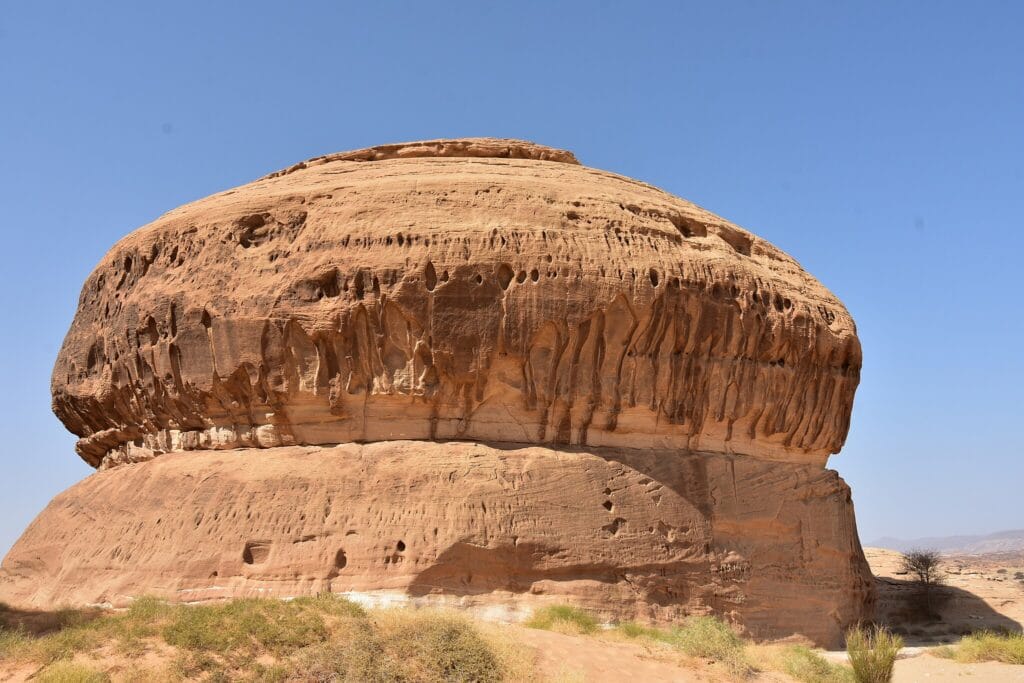
Hegra, located in Saudi Arabia, is a remarkable historical site known for its stunning rock-carved tombs. Over 100 of these tombs were created by the ancient Nabatean people. Hegra is recognized as a UNESCO World Heritage site, highlighting its importance and beauty. Visitors are often amazed by the unique architectural designs and detailed decorations of the tombs. Hegra also played a significant role as a trading center in the past, making it an essential location in history.
Why do we need to preserve Hegra significantly for us and future generations?
Preserving Hegra is essential for many reasons. First and foremost, it has great historical and cultural value. It showcases the outstanding achievements of the Nabateans, an ancient civilization known for its incredible architectural skills. By protecting Hegra, we ensure that future generations can discover and enjoy this unique part of our history.
Additionally, preserving sites like Hegra helps us better understand how ancient societies lived and how they connect to our world today. Moreover, Hegra can inspire pride and a sense of belonging in the local community while also boosting tourism and the economy in the area. Preserving Hegra is vital for maintaining our cultural heritage and caring for our environment.
Why should you visit the Hegra as a visitor?
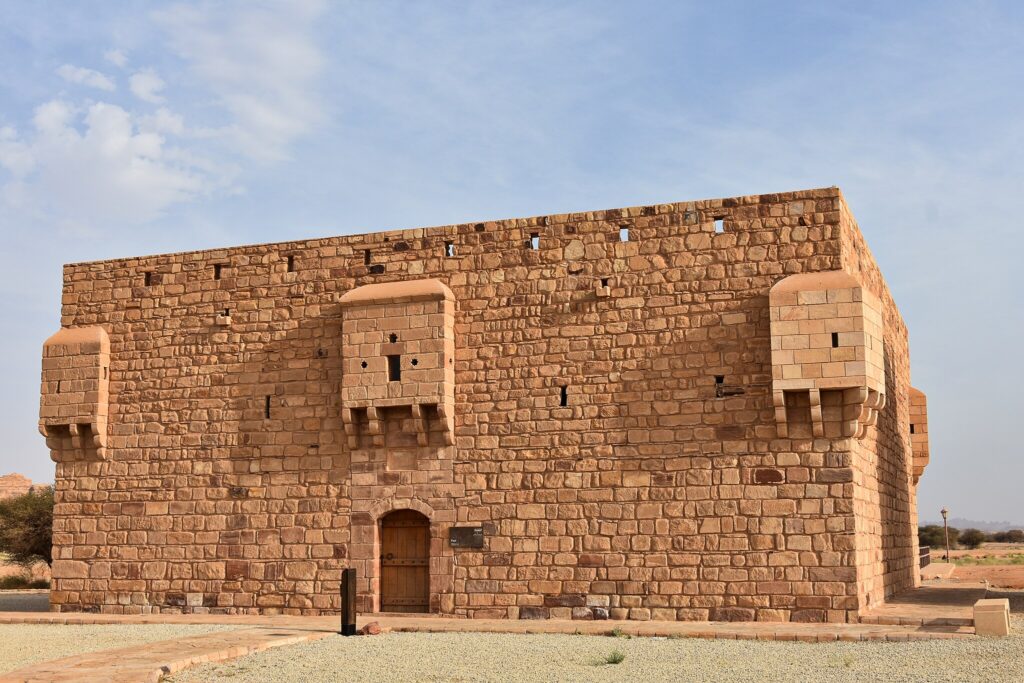
Hegra, located in Saudi Arabia, is an important historical site recognized by UNESCO. It features beautifully preserved tombs and fascinating rock art. When you visit Hegra, you can step back in time to learn about the ancient Nabatean civilization. You’ll be amazed by the impressive buildings and carvings, and you’ll gain a deeper understanding of the rich history of the area. Visiting Hegra is a unique opportunity to appreciate the cultural significance of this ancient civilization, making your experience both exciting and rewarding.
What unique features of Hegra make it a must-visit destination for history enthusiasts?
Embark on an unforgettable journey to Hegra, where ancient history comes alive! Discover the remarkable rock-cut structures and intricate carvings of the Nabataean civilization in this stunning UNESCO World Heritage Site. Whether you’re a history buff or an adventure seeker, Hegra offers a unique glimpse into a fascinating past. Plan your visit today, explore the breathtaking landscapes, and immerse yourself in the rich culture of one of Saudi Arabia’s most significant archaeological treasures! Don’t miss out—make Hegra your next travel destination!
When you’re planning your adventure, enhance your travel experience by using trusted websites like GetYourGuide, Trip.com, Agoda, Expedia and Hotels.com! These platforms offer a variety of enjoyable tours, activities, and accommodation options to suit every traveler’s needs.
- GetYourGuide offers a wide variety of unforgettable travel experiences. You can choose from tickets to Popular Attractions, Transportation Options, City Passes, Guided Tours, Hop-on Hop-off Bus Services, Water Activities, Day trips, and Trips that last several days in many locations around the world.
- Trip.com makes it easy to combine Flights and Hotels, Trains, Car Rentals, Airport Transfers and Attractions & Tours to create the perfect travel package tailored just for you.
- Agoda offers a wide range of accommodations and travel options to suit your needs. With user-friendly search features, you can easily find the perfect Hotel, Apartment, or Villa, Flights, Activities, and Airport Transfer at competitive prices.
- Expedia to find the perfect travel deals and begin planning your next adventure with ease. Your unforgettable trip is just a click away!
- Hotels.com today to explore incredible deals and find the perfect housing for your dream trip! Your adventure starts here!
Start your journey with our reliable travel partners and unlock the best of Hegra and beyond!
Disclaimer
In this post, affiliate links are included and those links are associated with well-known travel companies such as GetYourGuide, Trip.com, Agoda, Expedia and Hotels.com. If you choose to purchase or book a service using those links, we may earn a commission at no additional cost to you. We focus on recommending products and services that are helpful to you and we appreciate your support!
Conclusion
We hope you find this information helpful for your next trip. If you want to learn more, check out our other travel blog posts. We cover many topics, including amazing places to visit and helpful travel tips. Whether you’re looking for hidden gems, new cultures, or helpful advice, there’s something for everyone.
Additionally, if you enjoyed the information we shared, don’t forget to explore our other travel product reviews to make your journey even better! Please take a moment to look through our previous posts and let your sense of adventure guide you on your next journey! We wish you happy travels and look forward to sharing more with you in our next blog post!




